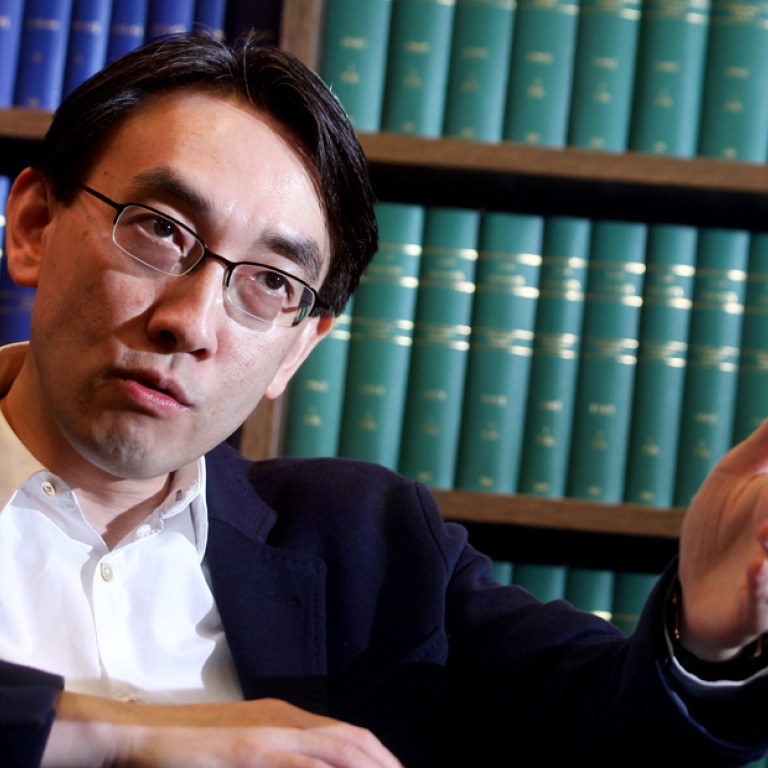
No need to peg poverty line with minimum wage, says review commission
Head of group reviewing minimum wage says its focus is on living wage for working poor, not general poverty alleviation
The commission responsible for reviewing the minimum wage will take into account the soon-to-be-announced official poverty line, but says there is no need to peg the two levels.
That will mean the minimum wage, which went up from HK$28 to HK$30 in May, will not be deliberately adjusted as a way to get people out of poverty.
Minimum Wage Commission chairman Jat Sew-tong said that while the minimum wage might help alleviate poverty, its objective should be to tackle excessively low wages.
"There is no need to peg them. But we will consider it. We will also consider the principles used in drafting the line," Jat said.
He was commenting before a commission meeting yesterday.
Explaining the difficulties in using the minimum wage to fight poverty, he added: "At present we can't ensure that everyone who gets the minimum wage will be able to work, for example, eight hours a day."
Reddy Ng, a commission member and the acting government economist, said the focus in reviewing the minimum wage was on working-poor households - not general households.
Next Saturday, the government is expected to announce the official poverty line at half of the city's median household income.
Jat also said he aimed to carry out a public consultation in the second quarter of next year, as the HK$30 level would have been in force for a year by then.
He said that since the HK$30-an-hour rate had been introduced in May, he had not found figures that showed any serious adverse impact.
Separately, research by the Federation of Trade Unions has found that the number of impoverished people hit 1.5 million last year, or 22 per cent of the city's population.
The figure is higher than the conventional public estimate of 1.29 million as the federation calculates economically active households rather than overall households, and thus sets the median household income at a higher level.
It recommended the government implement a low-income subsidy scheme for families with at least one working member. The federation said that the move would encourage participation in the workforce.
"We are not saying this would immediately lift them out of poverty, but their living standards would see improvements," FTU lawmaker Alice Mak Mei-kuen said.
"We are encouraging people to try to stand on their own two feet."
The subsidy would be based on hours worked per month.
Those who worked at least 36 hours would be entitled to HK$400, and the ceiling would be set at 160 hours a month for HK$1,600.
Mak said some progress had been made since the minimum wage was implemented in 2011, as the number of poor people had dropped from 22.8 per cent of the population to 22.4 per cent last year.
But the union lawmaker said the rate needed to be revised every year instead of once every two years, as it is now.
Federation president Lam Suk-yee said that more needed to be done to guard against the exploitation of minimum-wage workers, such as those who were on short-term contracts and those who worked for contractors.


